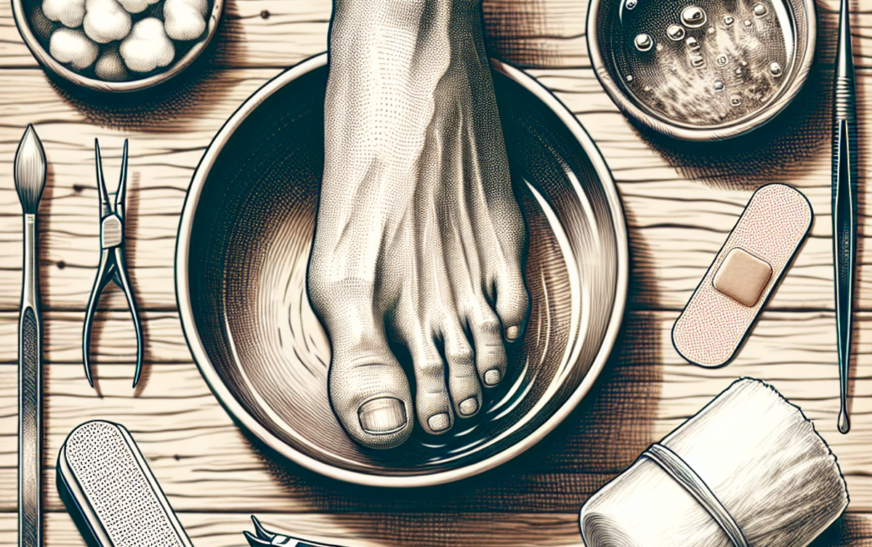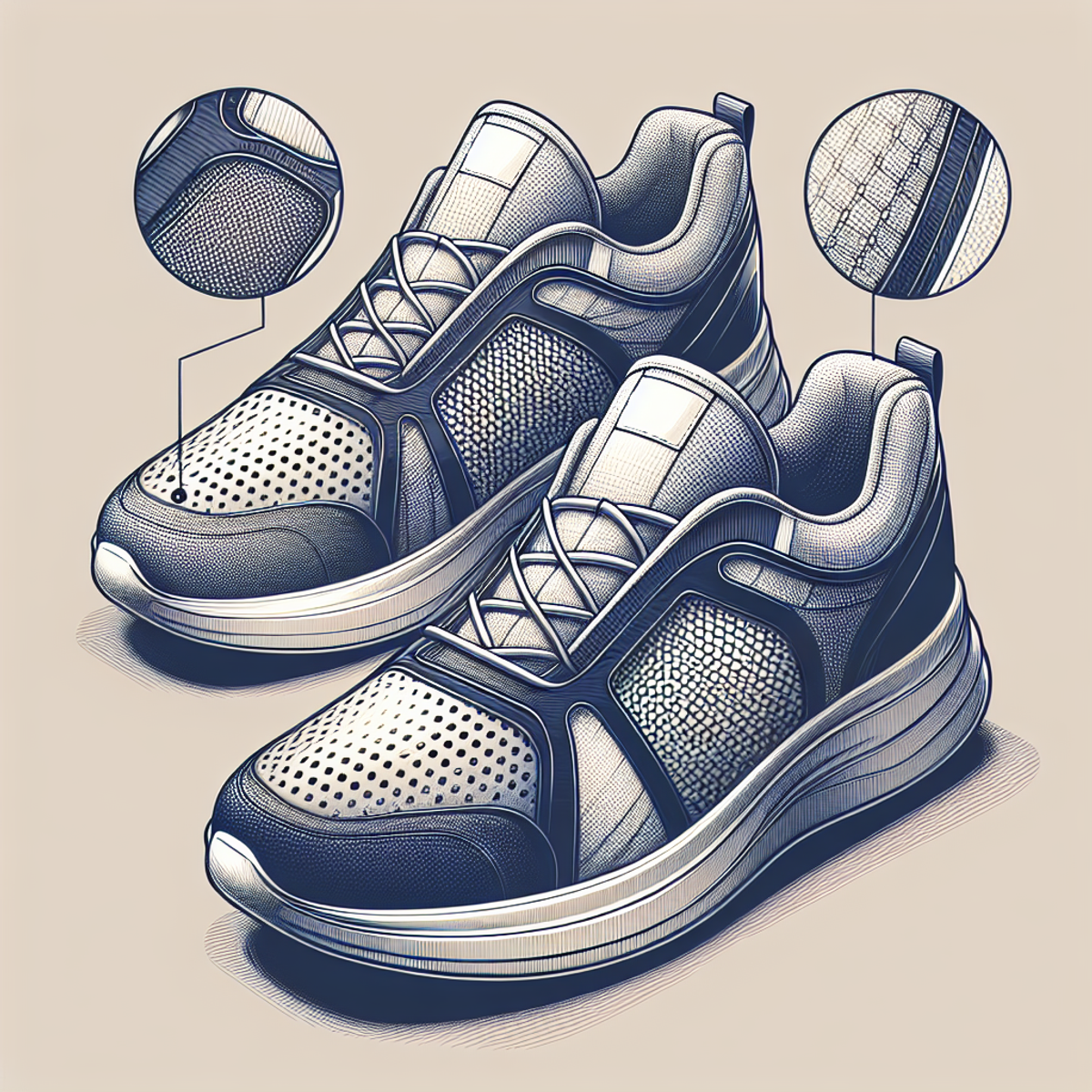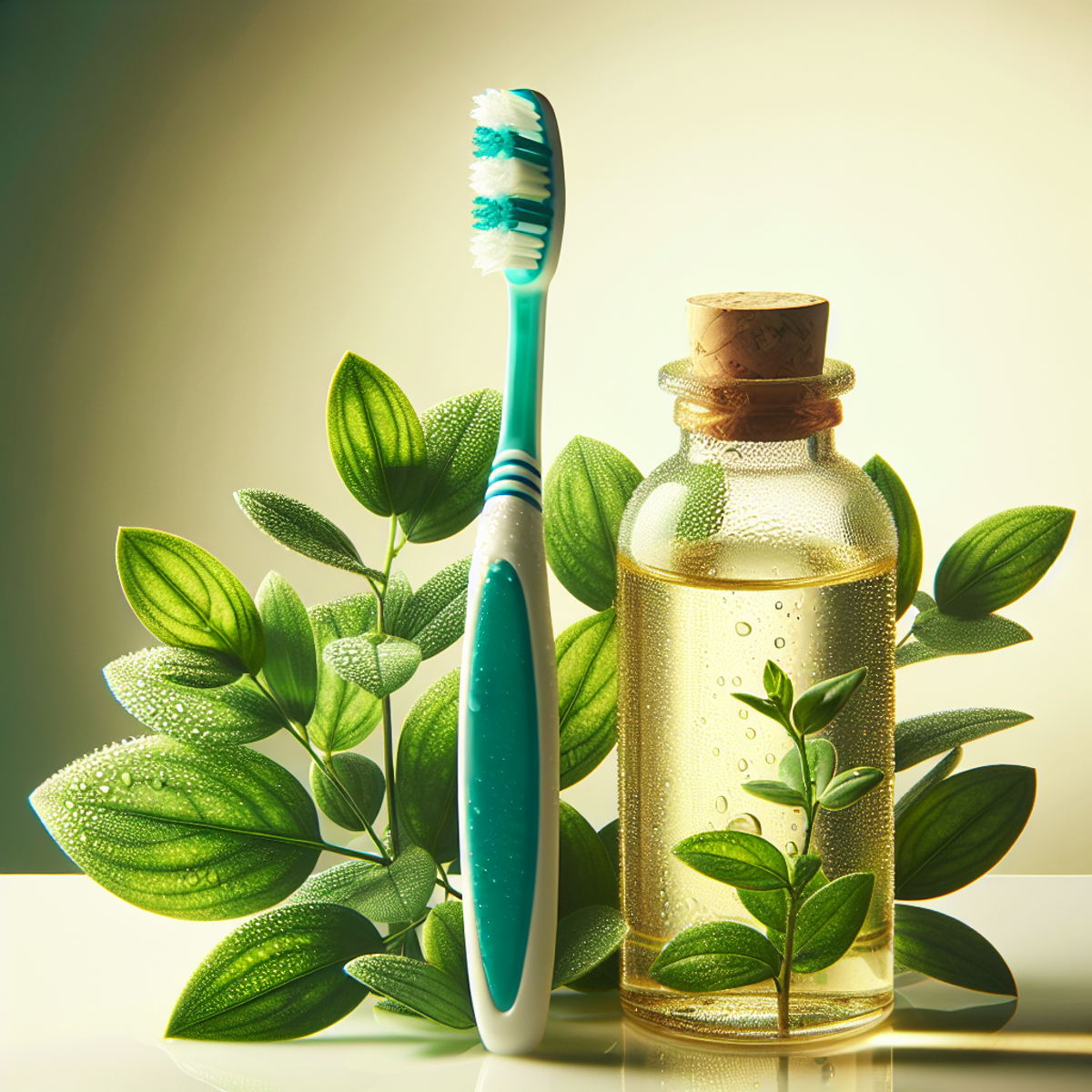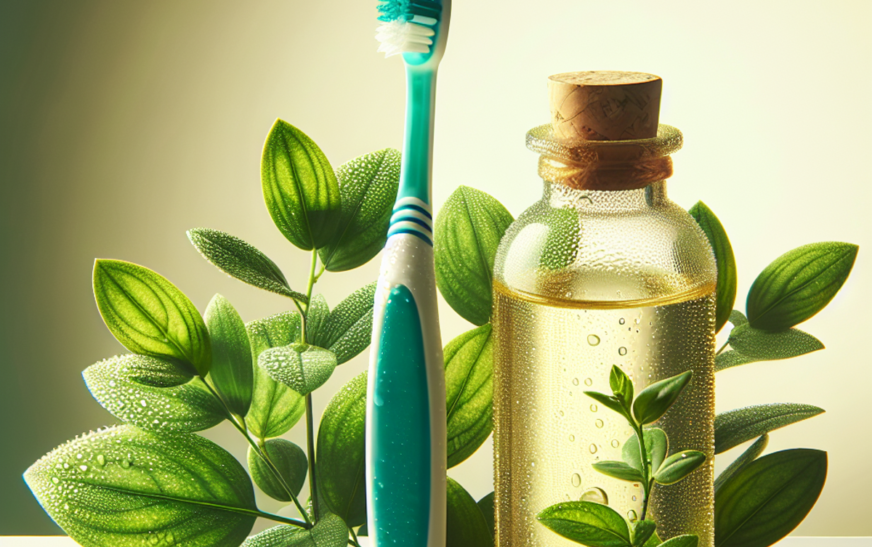Introduction
An ingrown toenail happens when the corner of a toenail, usually the big toe, cuts into the skin next to it, causing discomfort, redness, and swelling. If left untreated, it could lead to an infection. Many people find relief from ingrown toenails using natural remedies and prevention tactics at home. These solutions are not only readily available but also kinder to the skin than typical medical treatments. They include using common household items or natural ingredients that can ease pain, speed up healing, and prevent the problem from happening again.
Why Choose Natural Remedies?
Natural remedies for an ingrown toenail often involve simple at-home procedures that can alleviate discomfort and facilitate the healing process without requiring prescription medication or surgical intervention. These treatments utilize natural components and common items you already possess at your home. They are particularly advantageous due to:
- The reduction in risks of allergic reactions or side effects which could arise with certain medications.
- Their cost-effectiveness when compared to over-the-counter treatments.
- Their easy integration into your regular self-care routines.
Choosing a natural remedy for an ingrown toenail aligns with holistic health habits that aim to solve health issues with as little intervention as possible. Keep in mind, these techniques can work well for minor cases, but if you’re struggling with ongoing symptoms, it’s wise to see a medical professional for checkup and treatment.
Soaking in Warm Water or Apple Cider Vinegar
Soaking in warm water or apple cider vinegar can help relieve the discomfort caused by an ingrown toenail and promote healing. These natural remedies work by softening the skin and reducing inflammation. Here’s how you can use them:
Warm Water Soak
- Fill a basin with warm water, making sure it’s not too hot to avoid skin irritation.
- Submerge the affected toe in the warm water for about 15-20 minutes. This will help soften the toenail and the surrounding tissues.
- After soaking, dry your foot thoroughly, paying special attention to the spaces between your toes to prevent any fungal growth.
Apple Cider Vinegar Soak
- Mix equal parts apple cider vinegar and warm water in a basin.
- Soak your toe for 15-20 minutes. Vinegar helps fight bacteria and reduces swelling.
- Pat your foot dry after soaking.
These steps can help heal an ingrown toenail faster, but they don’t replace seeing a doctor if necessary.
2. Packing with Dental Floss or Cotton
Packing with dental floss or cotton can be a beneficial ingrown toenail home remedy by providing relief and aiding in proper nail growth. Here’s how you can do it:
Using Dental Floss to Lift the Nail Edge: Step-by-Step Guide
- Sanitize: Ensure both your hands and the affected toe are clean.
- Ease the Pain: Soften the skin by soaking your foot in warm water.
- Lift Gently: Using a piece of dental floss, carefully lift the edge of the ingrown toenail.
- Position: Secure the floss to maintain elevation and prevent further digging into the skin.
The Role of Cotton in Reducing Pressure on the Toe
- Relief: Insert a small piece of sterile cotton under the lifted nail to cushion and protect.
- Change Regularly: Replace the cotton daily to maintain hygiene and prevent infection.
Employing these methods can help realign the toenail’s growth direction away from the skin, effectively reducing discomfort and inflammation without immediate medical intervention.
3. Applying Antiseptic Ointment to Prevent Infections
When managing an ingrown toenail natural remedy, it’s important to apply antiseptic ointment to prevent bacterial infections that can worsen the condition. Here are some recommended options:
- Tea Tree Oil: With its antimicrobial properties, tea tree oil is a natural choice. Simply use a cotton swab to apply it around the affected area.
- Neosporin: This over-the-counter ointment offers triple antibiotic protection to guard against infection.
- Honey: Yes, honey! Medical-grade honey has antibacterial qualities and can be used as a topical ointment for small skin injuries like ingrown toenails.
Choosing the right antiseptic ointment can have a big impact on healing times and reducing pain and swelling. Remember to apply it after thoroughly soaking and drying your foot to ensure cleanliness.
4. Wearing Comfortable Shoes and Socks
Selecting the right footwear is crucial in preventing ingrown toenails. Shoes that are too tight or narrow can press against your toenails, potentially causing them to grow improperly and become ingrown. To safeguard against this, consider the following:
Choose shoes with a wide toe box, providing ample space for toes to move freely.
This allows your toes to spread out naturally and reduces the risk of your nails being compressed or pushed into the skin.
Opt for breathable materials to keep moisture at bay, as damp conditions can soften nails, making them more prone to becoming ingrown.
Breathable shoes help air circulate around your feet, preventing too much sweating and keeping your nails dry.
Ensure proper fit; shoes shouldn’t pinch or squeeze your feet.
Ill-fitting shoes can create pressure points on your toes, increasing the likelihood of developing ingrown toenails. Make sure your shoes fit comfortably without any tightness or constriction.
Socks matter too! They should be snug but not tight, and materials like cotton or bamboo can wick moisture away from the skin.
Wearing socks that fit well and are made of moisture-wicking materials helps to keep your feet dry and reduces the chances of nail ingrowth.
By wearing comfortable shoes and socks, you create an environment for your feet that promotes healthy nail growth and minimizes pressure on the toes, thus helping to prevent ingrown toenails.
5. Taking Over-the-Counter Pain Relievers
Pain management is crucial in dealing with ingrown toenails, and taking over-the-counter pain relievers can be an effective way to alleviate discomfort. Here are some types of OTC pain relievers suitable for managing discomfort associated with ingrown toenails:
- Nonsteroidal Anti-Inflammatory Drugs (NSAIDs): Examples include ibuprofen (Brand names: Advil, Motrin) and naproxen sodium (Brand name: Aleve). These medications not only relieve pain but also help reduce inflammation.
- Acetaminophen: Known commonly by the brand name Tylenol, this medication primarily targets pain, rather than inflammation.
- Topical Pain Relievers: These are creams, gels or patches that can be applied directly to the affected area for ingrown toenail pain relief. Examples include lidocaine (Brand names: Aspercreme, Lidoderm) or capsaicin cream.
Remember to always follow the manufacturer’s instructions when using these medications. If the pain persists or worsens despite taking these medications, it may be time to consult a healthcare professional.
6. Using Toe Protectors or Braces
Using toe protectors or braces can be an effective method for ingrown toenail treatment. These devices offer a non-invasive approach to provide relief by redistributing pressure away from the painful area.
How Toe Protectors Work
- Toe protectors, often made from soft, cushioning materials, are designed to wrap around the affected toe.
- This protection reduces direct contact and friction with footwear, alleviating discomfort.
How Toenail Braces Work
- On the other hand, toenail braces work by gently lifting the edges of the nail, encouraging it to grow outwards rather than into the skin.
- These braces come in various forms like adhesive strips or metal springs.
Both options can be found online or at your local drugstore. However, it’s important to consult with a healthcare professional before using them to ensure they are appropriate for your specific condition.
Other Self-Care Strategies
This strategy is part of a broader range of self-care strategies, such as:
- Migraine relief techniques
- Other methods that can be implemented for various health conditions
Patience is Key
It’s crucial to remain patient as these remedies take time to show results. The journey continues with exploring more natural approaches that may offer relief for ingrown toenails.
7. Other Home Remedies to Try
Exploring additional natural approaches for alleviating symptoms of an ingrown toenail can offer relief and may prevent the condition from worsening. These remedies are easily accessible and can be done with minimal hassle:
- Epsom Salt Soaks: Dissolve a handful of Epsom salt in warm water and soak your feet. This remedy can soften the skin and reduce inflammation around the toenail.
- Tea Tree Oil: Known for its antiseptic properties, applying a few drops of tea tree oil to the affected area can help ward off infection.
- Oregano Oil: Mixed with a carrier oil, oregano oil can be applied to the toe due to its antibacterial and pain-relieving properties.
- Lemon Slice: Placing a thin slice of lemon over the ingrown nail and securing it with a bandage overnight is believed to relieve pain and inflammation.
These other home remedies complement the methods previously discussed for ingrown toenail relief, enhancing your self-care routine.
When to Seek Medical Attention
Maintaining vigilance over your health is essential, especially when dealing with conditions like an ingrown toenail. Despite the effectiveness of natural remedies, there are instances where seeking medical attention for an ingrown toenail is necessary. Recognizing the signs that warrant a visit to the doctor can save you from unnecessary pain and complications.
Here are some signs that indicate it’s time to consult a healthcare professional for your ingrown toenail:
- Prolonged pain and swelling: If discomfort persists beyond a few days or worsens despite home treatment, it’s time to consult a healthcare professional.
- Signs of infection: Severe redness, increased warmth around the toe, pus discharge or spreading of the infection to other areas are alarming symptoms.
- Underlying health conditions: Individuals with poor circulation, diabetes or a compromised immune system should see a doctor immediately if they develop an ingrown toenail.
Remember, self-treatment has its limitations and it’s important to know when to see a doctor for an ingrown toenail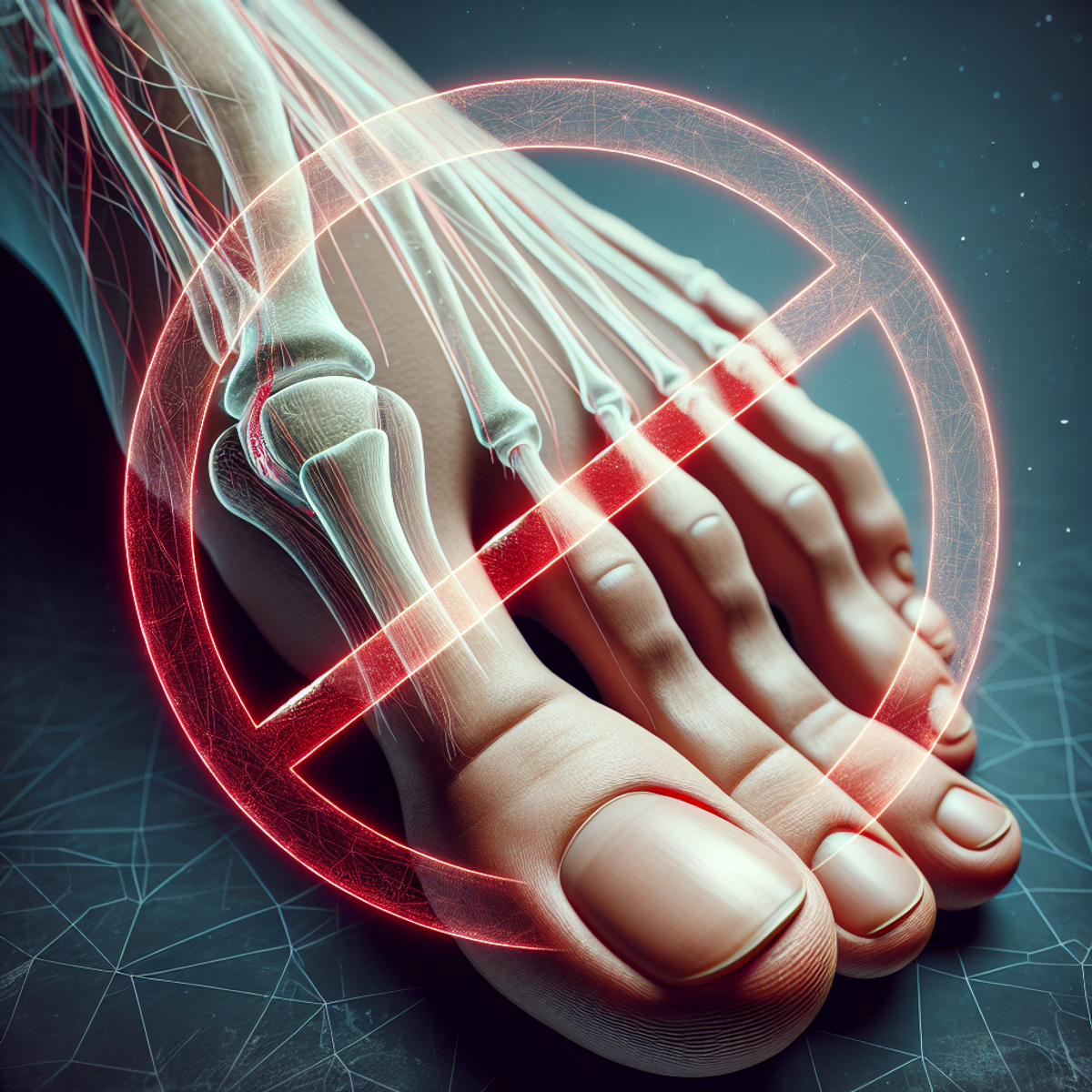 .
.
Preventing Future Ingrown Toenail Occurrences
Keeping your toenails healthy in the long run needs regular preventive care. Here’s how you can avoid ingrown toenails:
- Maintain Clean Feet: Wash your feet every day with soap and warm water. Make sure to dry them properly, especially between the toes, to keep away excess moisture which could lead to bacterial growth.
- Trim Nails Correctly: When cutting your toenails, do it straight across without rounding the corners. The nails’ length should be level with your toe tips to stop them from growing into your skin.
- Wear Comfortable Shoes: Choose shoes and socks that give your toes plenty of room. Tight footwear can push the nail into your toe which can result in an ingrown toenail.
- Keep Your Feet Safe: If your job puts your feet at risk of injury, think about wearing protective shoes.
By following these easy habits, you can greatly lower your chances of getting painful ingrown toenails.
Ingrown Toenail Surgical Treatment Options
When simple remedies don’t work, surgery can offer a long-term solution for severe or recurring ingrown toenails. Here’s what ingrown toenail surgery typically includes:
- Partial Nail Removal: If the nail keeps growing into the skin, it might be necessary to remove part of the nail and the nail bed underneath.
- Total Nail Avulsion: In serious cases, we may need to take off the whole nail. This is usually done when the nail is too thick or oddly shaped.
- Matrixectomy: This is often done after partially removing the nail, and it involves destroying or removing part of the nail matrix to stop it from growing back in the affected area.
These surgeries are normally done on an outpatient basis with a local anesthetic. After surgery care is very important to avoid infection and ensure proper healing.
Conclusion
As we reach the end of this discussion, let’s recap. A natural remedy for ingrown toenail can be a fantastic first line of defense. The techniques detailed above – from soaking your toe in warm water to applying antiseptic ointments and wearing comfortable shoes – all possess the potential to alleviate discomfort and speed up recovery.
However, let’s not forget that each case is unique, and what works for one individual might not work for another. These remedies have their limitations, and a certain degree of caution should be exercised when implementing them. There’s no harm in trying these remedies, but it’s essential to pay attention to your body’s responses.
Remember, health is a holistic concept. It’s not just about physical well-being; mental health and emotional health are equally important. As you strive for relief from an ingrown toenail, don’t neglect other aspects of your health such as good sleep hygiene and maintaining emotional balance.
Above all, consulting with a healthcare professional is crucial for proper diagnosis and advice. After all, the best defense is a good offense!

